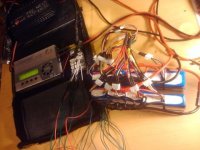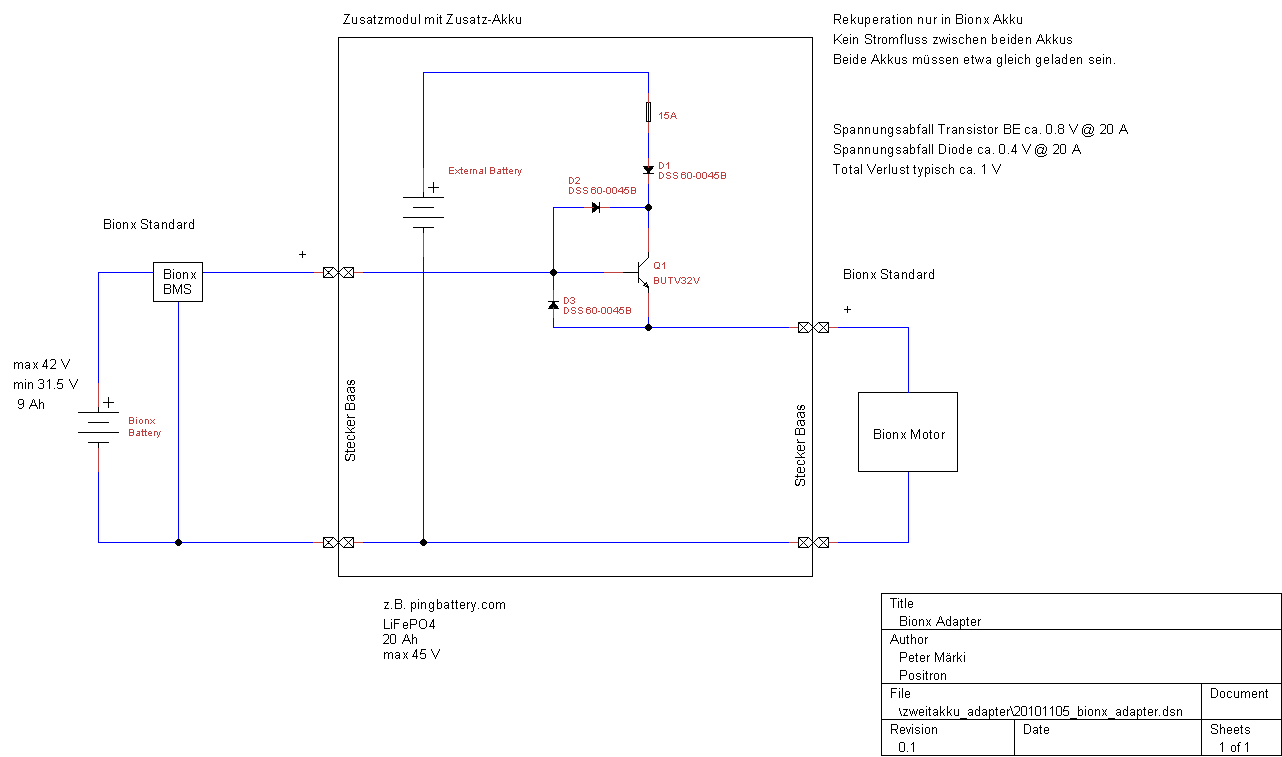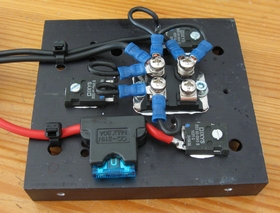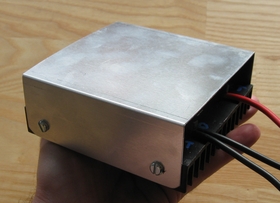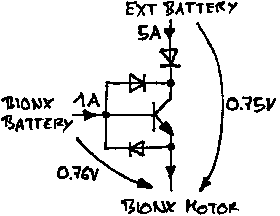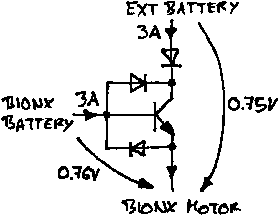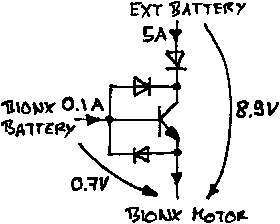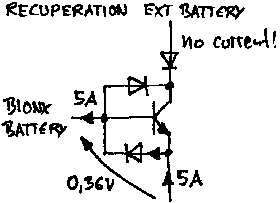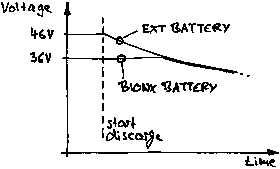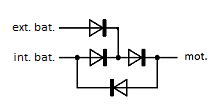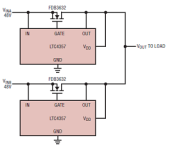jocoman said:
What an interesting thread, but so confusing. It looks like some have had success with an extra battery. I am seriously thinking of buying a Ping 36v 20 ah lifepo4 battery and wire it to the charge port. What are my chances of this simple mod working? Can anyone who has done this successfully please share. There are a lot Bionx owners hoping for this mod!
Thanks Jim
Hey Jim,
I'm convinced this will work. I've done it, but with LiPo battery. Ken did it for a customer (bottom pg 2). Canis, in first post, quotes someone from V is for Voltage forum who did it. All of us connected additional battery via the charge port.
It's advised, however, to connect the Lifepo4 towards the end of the BionX battery's charge. Why? It's hard to explain! I'm no EE, but I think I understand it a bit.
First of all, everyone always says NOT to parallel batteries of different chemistries (ie, LiMn and LiFePo4). Why? One reason is they have different charge/discharge characteristics. Your BionX LiMn pack is made up of cells that charge to 4.2V and discharge to 2.9V (but to live longer, Bionx only let's them discharge to 3.1V, according to Ken). So your so called '36 volt' Bionx battery is charged up to 42 volts (10 cells in series x 4.2V = 42V). As soon as you start out, the voltage quickly drops to 39V or so, and then as you use it steadily decreases to 31V. To my understanding, it's called 36 volts because that's the average voltage under load for the range of the pack. Now the Ping pack is different. His '36V' pack is made up of 12 cells in series. The charger charges them up to 45-46V, so 3.84 per cell (12 cells x 3.84V = 46V). That's a lot higher than your BionX pack, but once under load from the motor, the voltage drops to an average working voltage of ~3.3V per cell, or 39V. (My numbers may be off, but it's the general idea). The discharge curve will be flatter than the BionX. I found a graph done by ebikes.ca that illustrates the voltages under 10A load for different types of 36V batteries. Note the Green (LiFe) and blue (LiMn) curves:

I'm sure the LiMn and Life(po4?)ezee packs are different than the BionX and Ping packs, but I think the graph describes the differing characteristics.
What's the point of this? Well, once you connect the two batteries in parallel and close the circuit, they will try to balance, and if one pack has a much lower charge (voltage), it's dangerous if the full battery tries to charge it too fast. The components in between may be subjected to too much current... So when is the best time to connect them? Or, when are the charges most similar? I'm not sure! But what I've gathered from other posts on the subject is that:
- The lifepo4 battery is isolated, so cannot be charged by the BionX battery, or be subjected to the regen current. Current can't go upstream to the lifepo4... (great news!)
- The BionX LiMn cells don't do anything funky when overcharged, in case that were to happen. (
liveforphysics)
- When connected, the lifepo4 will charge the LiMn pack, but how much and how fast? The Ping puts out max continuous what, 20A? That would be too much to charge the BionX! But presumably the lifepo4 will also deliver current to the load (motor)? The motor probably doesn't care when the current comes from. You just want to make sure the load on the lifepo4 is not so much as to shorten its lifespan... I think of a bucket of water (bionx battery) with a hole or tube in letting water out (current to the motor). Then attach a second bucket by a one way valve to the first bucket. The level of the water (voltage/charge) in the buckets will try to balance... The current to the motor will stay the same.
I could be completely wrong, and I hope someone corrects me! But this is how I understand it...
Will it work? Yes, it will work? Will there be sparks? I seriously doubt it. I've got a ping pack that i could test to be sure (for my 24V system)...
But one thing you could do is, before your commute, set your BionX console to diagnostic mode and during your ride, note the changes in voltage from start to finish, uphill and downhill on regen to get a sense of how it fluctuates). There's no harm at all in riding like this. Here's the page from the manual:
Canis, have you come closer to doing this?


